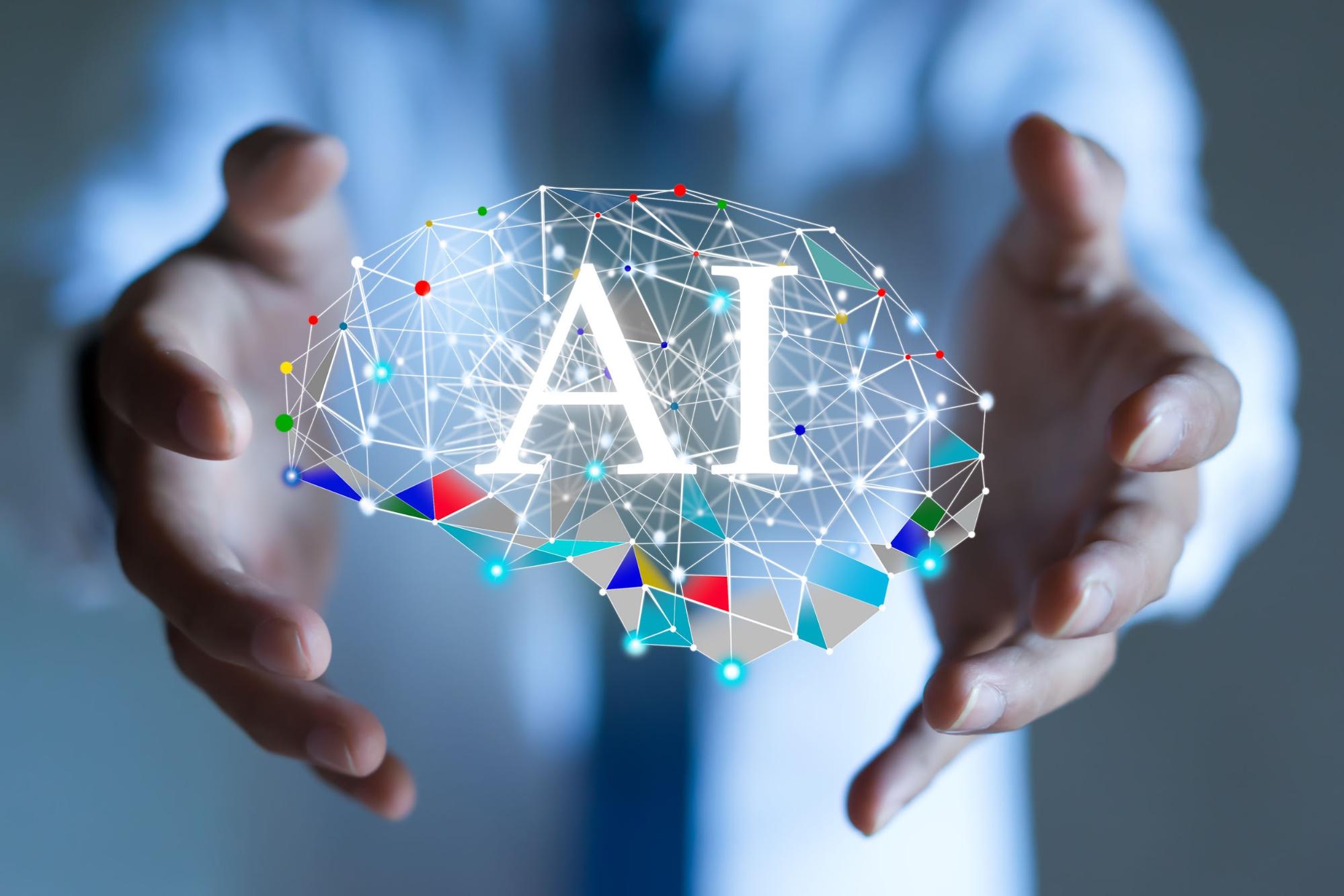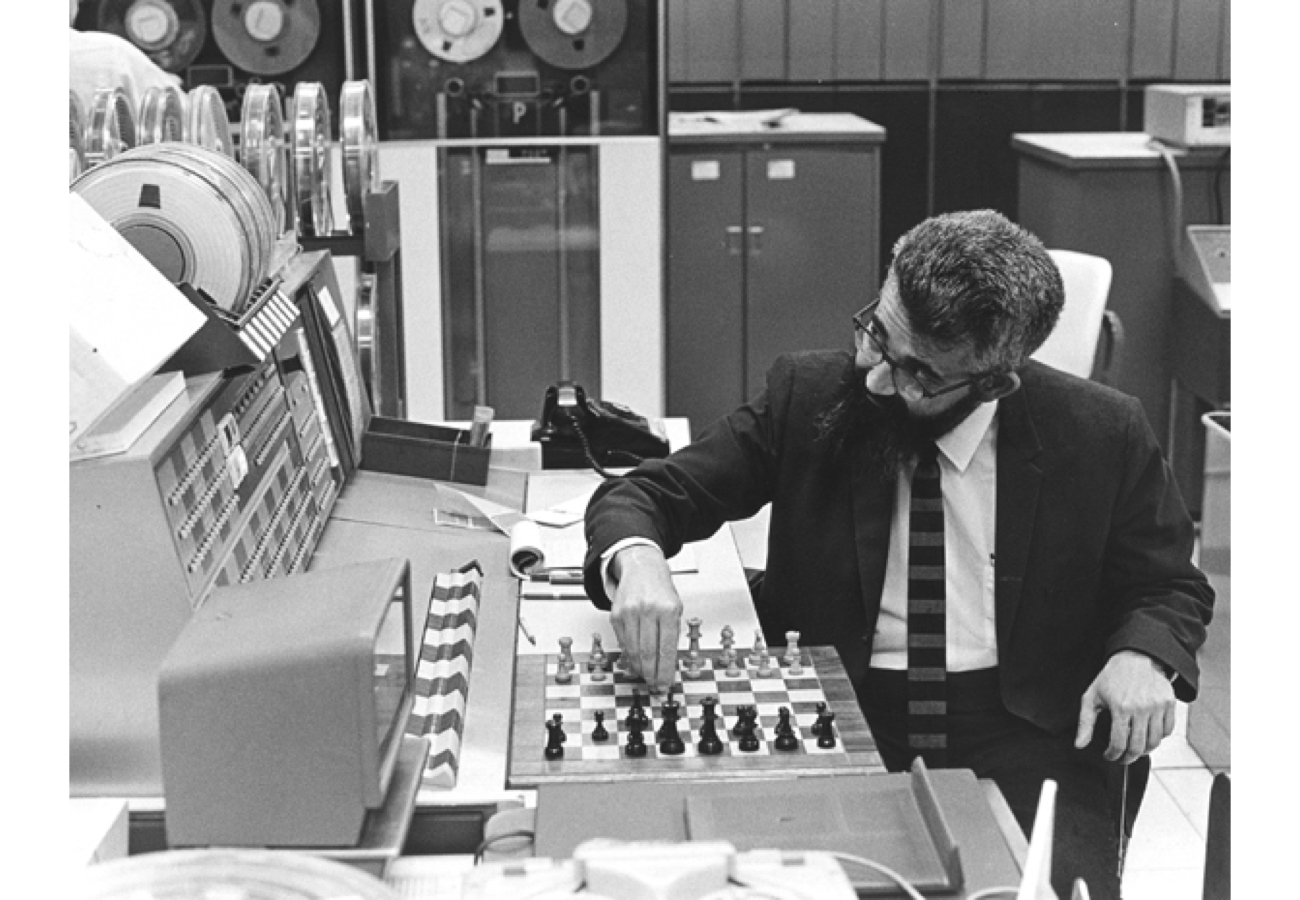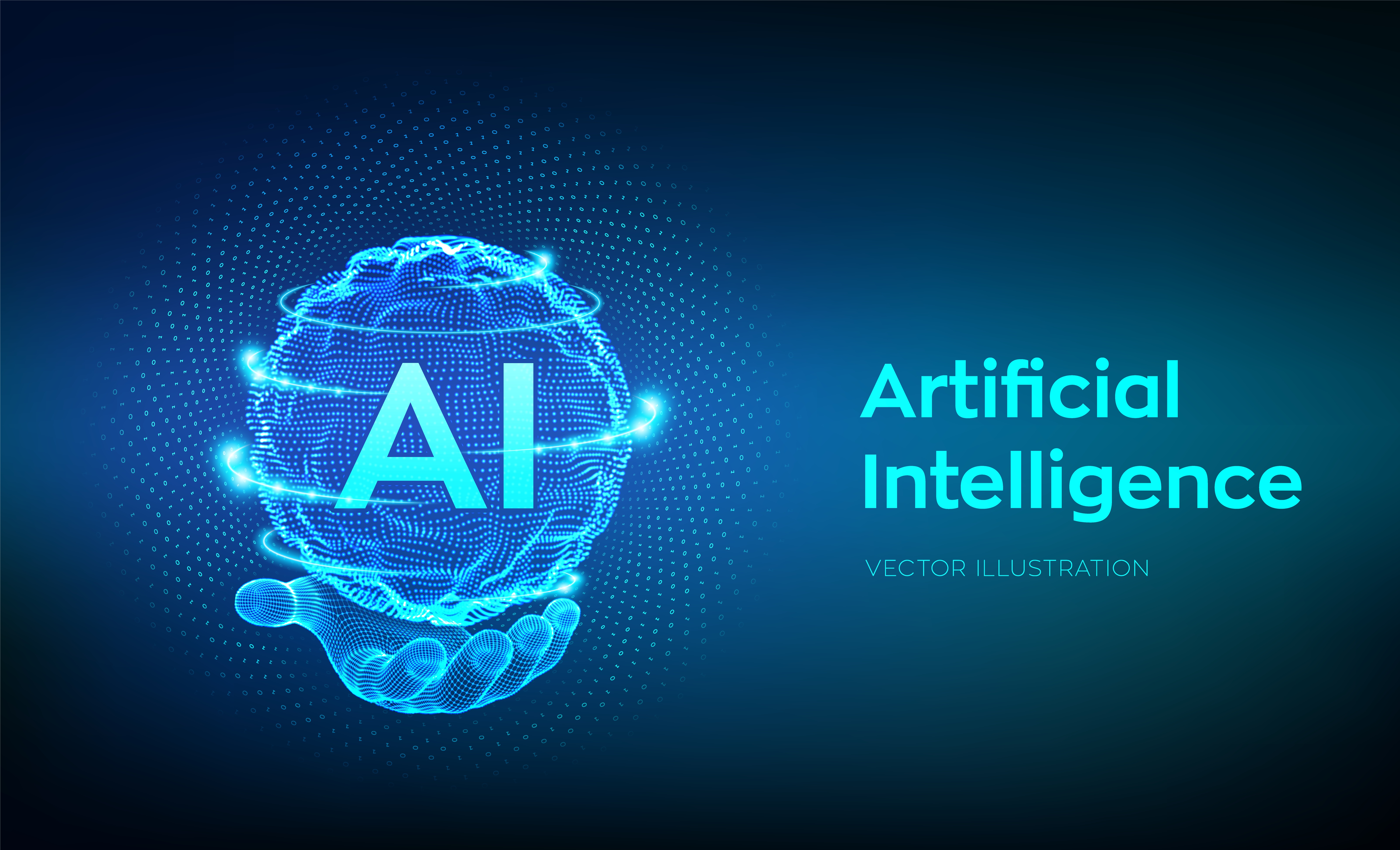Table Of Content

You can simply write notes, tasks, and reminders without having to worry about organizing them. You can use Jasper to easily generate illustrations, backgrounds, and placeholder images for your design projects. It’s also useful for testing out concepts and ideas as well as finding inspiration for your designs.
Create original content
A generative AI tool to inspire creative workers - MIT Sloan News
A generative AI tool to inspire creative workers.
Posted: Wed, 14 Feb 2024 08:00:00 GMT [source]
This data-driven approach empowers the teams to efficiently generate website layouts that align with user preferences and needs, resulting in a more user-centric and effective design. Prioritize best UX practices, accessibility, and intuitive navigation. Use AI web design tools to regularly test your website with real users, collect feedback, and make optimizations based on their experiences. As was the case with the mobile revolution, and the web before that, machine learning will cause us to rethink, restructure, and reconsider what’s possible in virtually every experience we build. In the Google UX community, we’ve started an effort called “human-centered machine learning” to help focus and guide that conversation.
Going beyond the tools
Engineers are under unprecedented pressure to build products that are used by thousands, if not millions, of consumers every day. Emell Derra Adolphus has more than a decade of writing and journalism experience. He is senior editor of ENR’s Top Lists and Survey Rankings at ENR magazine and frequently contributes stories on technology, climate resiliency, diversity, equity and inclusion. DeSimone Consulting Engineers (No. 241) provided engineering services on the 64-story Al Wasl Tower in Dubai.
How to Balance AI Tools With the Need for Human Input and Creativity in Web Design?
This is especially true with new parents, whose day-to-day experience is full of firsts. During moments that can feel precious and fleeting, users are drawn to their smartphone cameras in hopes of capturing and preserving memories for their future selves. As a result, they often end up viewing the world through a tiny screen instead of interacting using all their senses. Just getting more UXers assigned to projects that use ML won’t be enough. It’ll be essential that they understand certain core ML concepts, unpack preconceptions about AI and its capabilities, and align around best-practices for building and maintaining trust.
Work smarter with these AI design tools
However, a slightly flawed usability testing session is definitely better than none at all. In summary, AI empowers businesses to optimize how they collect and interpret data, resulting in deeper insights and more thoughtful actions. Training AI and Machine Learning for pattern recognition could save days, even weeks in gathering, analyzing, and interpreting user data. For instance, user-facing applications, like Google Analytics, provide reports with detailed insights (rather than numbers). It ensures proper retention and adoption, especially if you cater to multiple types of users.
What Are AI Tools for Designers?
The result is a growing appreciation for a technology that promises to simplify complex systems, get products to market faster, and drive product innovation. The 1.86-million-sq-ft tower boasts a range of renewable solutions for energy efficiency, such as solar thermal panels for hot water and bronze-coated reflective glazing to enhance thermal performance. At GZA, President and CEO Patrick Sheehan says a mix of virtual reality, digital twins and telemetry is helping the firm deliver near real-time information and decision-making to clients.
He says the firm is bridging the skills gap by “partnering team members” who are less experienced with those who are more experienced. Alex McFarland is an AI journalist and writer exploring the latest developments in artificial intelligence. He has collaborated with numerous AI startups and publications worldwide.
Will AI replace designers?

For example, it usually requires you to segment users carefully and then showcase the functions that are valuable to that specific group. Take a photo or upload a reference image to design an existing building with an AI persona. Remove, add, or replace objects and generate the new fill with a prompt. As we navigate this new terrain, staying informed, adaptable, and ethically minded is crucial to harnessing AI’s full potential in design. AI for Designers is taught by Ioana Teleanu, a seasoned AI Product Designer and Design Educator who has established a community of over 250,000 UX enthusiasts through her social channel UX Goodies. She imparts her extensive expertise to this course from her experience at renowned companies like UiPath and ING Bank, and now works on pioneering AI projects at Miro.

Currently, we find ourselves forced to adapt and innovate simultaneously, which can indeed be daunting. Learn more about AI-generated art, its challenges and opportunities in this video. While narrow AI excels in specific functions, AGI is the pinnacle of AI development. Currently, however, most AI systems are narrow, designed for specialized tasks and lacking the broad adaptability of AGI. Achieving AGI remains the significant and ambitious objective of AI research and development.
And when the functionality of the product is especially dynamic [figure C] , your UI should be flush with familiar patterns. Launched in 2022, Galileo AI has revolutionized the way user interface designs are created. Its UI design generator is trained on thousands of exceptional designs to bring you high-fidelity layouts and illustrations for multiple platforms. AI tools assist designers throughout every design stage, from conceptualization to refinement. They also serve different specializations, such as graphic, product, and web designing. Getting user feedback on your website and app designs can be a difficult and expensive process.
Beyond the initial design phase, AI continues to play a crucial role in maintaining and optimizing websites over time. AI-powered analytics tools can monitor website performance, identify areas for improvement, and even predict potential issues before they arise. By analyzing user feedback, traffic patterns, and conversion metrics, AI enables designers and developers to iteratively refine and enhance the website’s performance and user experience. By leveraging AI and machine learning, Sensei automates routine tasks and encourages innovative design solutions.
Artificial Intelligence in Kitchens & Baths - Kitchen and Bath Design News
Artificial Intelligence in Kitchens & Baths.
Posted: Thu, 08 Feb 2024 08:00:00 GMT [source]
AI applications range from virtual assistants and image recognition to complex tasks such as autonomous vehicles and medical diagnosis. The overarching goal is to create intelligent machines capable of emulating and augmenting human cognitive functions. Ensure your website is visually appealing, accessible, and intuitive for your target audience. Consider web accessibility, responsive design, and easy navigation to create a seamless user journey. For online stores, AI-powered product recommendation extensions can enhance the UX by suggesting additional, relevant items to customers.
But, it is more likely to be used to assist humans in making decisions. For example, AI could assist in usability tests or find patterns in user feedback or other user research tasks. AI has the potential to transform the essential tasks of a UX researcher. Your team might be bored with developing products based on old methods, and that’s why it might be a good move to give them more freedom by embracing design thinking. It forces people to think outside of the box and encourages creative solutions.
They also generate entirely new content based on prompts using natural language processing (NLP). Are you tired of feeling like you’re in a creative rut, staring at a blank canvas, or struggling to come up with new design ideas? Fear not, because the rise of artificial intelligence (AI) in the design industry has opened up a world of possibilities and streamlined the creative process like never before. These AI-powered tools can save you time and effort, giving you the space to focus on what really matters – your creativity. BricsCAD is the tool where AI and BIM converge for a seamless, efficient architectural design process. While BIM encapsulates the architecture, engineering, and construction of a building in a 3D model, enabling a holistic view of the project.
By rendering three-dimensional models from flat designs, it provides a more comprehensive visualization of the project. Alpaca is an ideal tool for those who want to visualize their designs in 3D. Let's Enhance is an AI-driven graphic design tool that improves the quality of your images without losing detail.
But, most designers spend much of their time on menial, repetitive tasks like sorting through images and searching for files. These tasks drain the creative juices from designers and can be frustrating and tedious, leading to burnout and reduced productivity. This is where AI comes in to save the day (or, at least, the designers' time). AI technology also offers a more personalised experience for consumers.

No comments:
Post a Comment